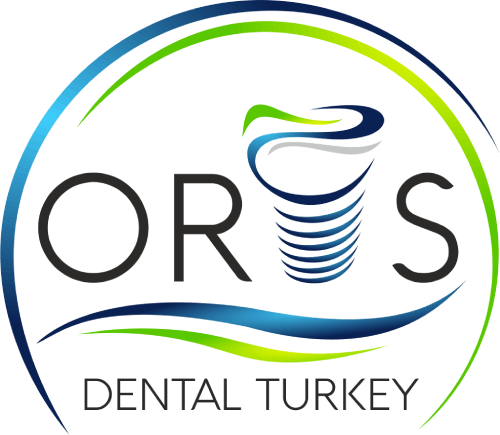Zygomatic implant treatment is a specialized dental implant procedure that is used to replace missing teeth in the upper jaw when there is insufficient bone for traditional implants. The zygomatic implants are anchored in the cheekbone (zygoma) rather than the jawbone, providing a stable base for dental restorations such as crowns or bridges.
The procedure for zygomatic implants typically involves the following steps:
Consultation and evaluation: The dental professional will evaluate the patient's dental and medical history, take X-rays, and conduct a thorough examination of the mouth and jaw to determine if the patient is a candidate for zygomatic implants.
Planning and preparation: The dental professional will use the diagnostic information to develop a customized treatment plan, including the number and placement of the implants. The patient may need to undergo additional procedures, such as bone grafting or sinus lifting, to prepare the jaw for the implants.
Implant placement: The dental professional will surgically place the zygomatic implants into the cheekbone, bypassing areas of low bone density. The implants are longer than traditional implants, providing stability and support for dental restorations.
Recovery and healing: The patient will need to follow specific instructions for postoperative care and allow time for the implants to integrate with the bone. The recovery period may take several months, during which the patient may be fitted with temporary restorations.
Restoration placement: Once the implants have fully integrated with the bone, the dental professional will place the permanent dental restorations, such as crowns or bridges, onto the implants.
Zygomatic implant treatment is a complex procedure that should only be performed by a qualified and experienced dental professional. It is important for patients to follow all postoperative care instructions and attend regular follow-up appointments to ensure the success and longevity of the implants.




